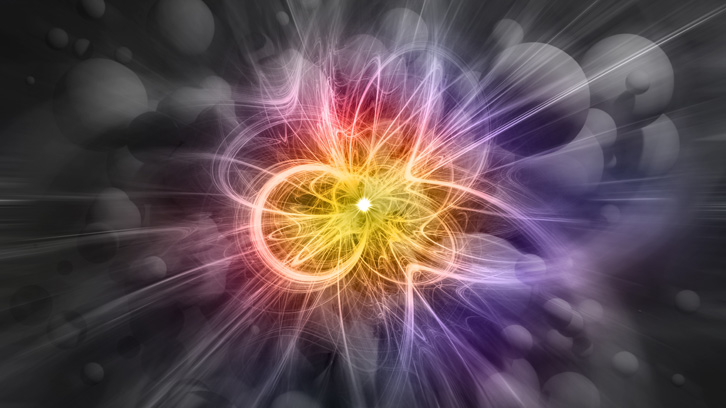REDTOP: a new experiment to search for new physics beyond the Standard Model

Despite the Standard Model (SM) of particle physics—the theory encapsulating our knowledge of particles and their fundamental interactions at the microscopic level—has been successfully tested to a high degree of precision, there are compelling reasons suggesting the existence of new physics (e.g. new particles and/or forces). Among these, there is our difficulty in explaining the dynamics of the universe, where different cosmological observations remain unsolved: the nature of dark energy, the candidate(s) for dark matter (for which there is none in the SM), and the observed matter-antimatter asymmetry. In particular, the last two demand the presence of new particles and, in addition, the last requires the violation of C and CP symmetries, motivating the quest for new physics through observables of this kind.
In a nutshell, C stands for charge conjugation, that exchanges particles and antiparticles, while P stands for parity and connects a process with its mirror-image—essentially, it flips the spin direction. In the SM, both C and P are violated, but their combination, CP, is an almost exact symmetry. Its small violation shows up only in processes mediated by the weak interaction, such as Kaon decays, where the measured CP violation is in good agreement with the SM—possible new CP-violating sources could only represent a small correction there, which is difficult to disentangle. On the contrary, it would be impossible to observe the SM CP-violating effects in particles decaying via the strong or electromagnetic interactions, and any observation of CP violation there would be an unambiguous proof of new physics.
This has motivated a particular experimental proposal that employs for such purpose certain Eta meson decays. The experiment, named REDTOP, aims at producing around 1012 of such particles, and motivates the theoretical question about the necessary statistics for which an observation of CP violation in these decays would not be in contradiction with the success of the SM, which is the main purpose of this article. In particular, we focus on decays containing muons (a heavy cousin of the electron), from which the most promising one is that of the eta decaying into a muon and an antimuon. In this case, CP symmetry relates events where the spin of the muon is aligned with the muon direction to events where this is anti-aligned. CP-violation would imply that one of the previous cases happens at a bigger rate—what is the rate at which this could happen without spoiling the good agreement among the SM and experimental observations? In this case, the electric dipole moment of the neutron (nEDM) is the observable setting the strongest constraints. Employing the techniques of effective field theories, we connect the presence of such an effect to a non-vanishing nEDM, which is experimentally bounded below 3⨉10-26 e cm. Such a bound implies that CP-violating effects in the aforementioned decay could happen at a maximum rate of, roughly, one in a thousand, which is at the reach of REDTOP. Will the new physics show up in these decays?—only the future can tell.
Campus de la Universitat Autònoma de Barcelona
References
P. Sanchez-Puertas. CP violation in eta muonic decays. JHEP, 1901 (2019) 031. doi:10.1007/JHEP01(2019)031

